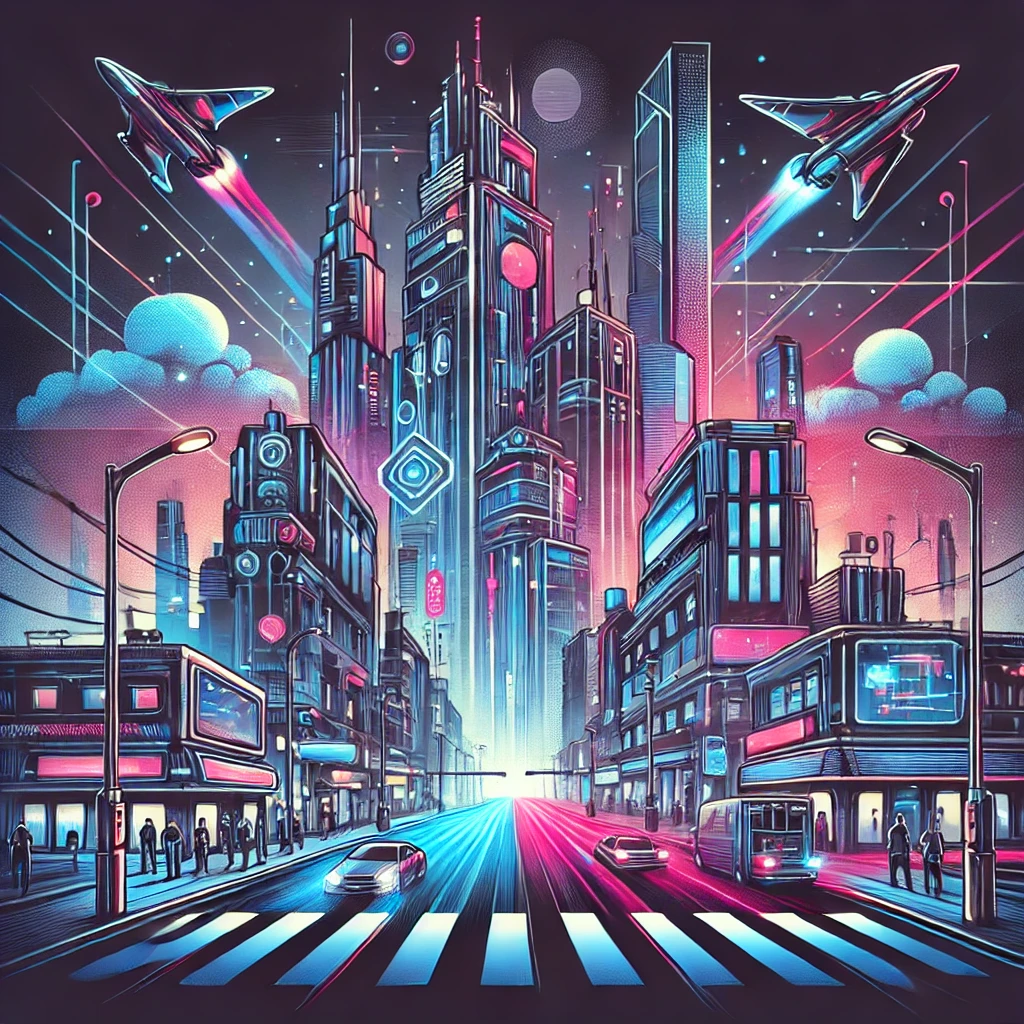Table of Contents
Cool:92gbuagxunc= Drawings is an essential form of human expression, and drawing stands at the heart of this creative endeavor. From simple sketches to complex illustrations, drawing has the power to communicate ideas, emotions, and stories in a way that transcends language barriers. Whether you are a seasoned artist or a beginner exploring the world of visual art, the keyword “Cool: 92gbuagxunc = Drawings” can be your gateway to discovering unique techniques, styles, and inspirations in the drawing universe. This article will take you on a journey through the world of drawings, exploring various styles, tools, and tips to enhance your creativity.
Cool:92gbuagxunc= Drawings The Importance of Drawing in Art

Drawing is often considered the foundation of visual art. Many famous painters, sculptors, and digital artists begin their creative process with a simple sketch. Drawing helps in planning and visualizing ideas, enabling artists to develop their concepts before moving on to more elaborate mediums.
Cool:92gbuagxunc= Drawings Whether you’re working on a graphic design project, creating comic books, or painting a masterpiece, drawing helps in structuring your artistic thoughts. It also improves hand-eye coordination, enhances focus, and stimulates the brain’s creative side. For many, drawing is not just a hobby, but a meditative practice that allows self-expression and emotional release. Cool:92gbuagxunc= Drawings
Different Styles of Drawing
There are numerous drawing styles that cater to different preferences and purposes. Whether you’re into realism or prefer abstract art, there is something for everyone. Let’s explore some popular styles:
1. Realism
Realistic drawing aims to depict objects, people, and scenes as accurately as possible. This style focuses on capturing details like light, shadow, and texture to create lifelike representations. Many artists who practice realism spend years honing their skills to capture minute details in portraits, landscapes, and still life drawings.
2. Cartooning
Cool:92gbuagxunc= Drawings Cartooning is a playful style that simplifies reality into exaggerated or whimsical figures. It is commonly used in comics, animation, and children’s books. Cool:92gbuagxunc= Drawings Cartoonists use bold lines, exaggerated expressions, and bright colors to communicate humor or tell a story. Cool:92gbuagxunc= Drawings
3. Abstract Drawing
Abstract drawing allows for more freedom and imagination. Artists use shapes, lines, and colors to convey emotions or concepts rather than representing actual objects. Cool:92gbuagxunc= Drawings This style encourages the viewer to interpret the meaning behind the drawing, making it a highly subjective form of art. Cool:92gbuagxunc= Drawings
4. Anime and Manga
Originating from Japan, anime and manga have become immensely popular worldwide. This drawing style features distinct character designs with large eyes, sharp facial features, and exaggerated emotions. Anime and manga art often blend realistic elements with fantasy, making it a unique and dynamic style.
5. Surrealism
Surrealist drawing seeks to blur the lines between reality and fantasy. Artists create bizarre, dream-like images that challenge the viewer’s perception of reality. Surrealism often incorporates sym Cool:92gbuagxunc= Drawings bolic elements, making each drawing a visual puzzle waiting to be decoded.
Essential Tools for Drawing
When it comes to drawing, having the right tools can make a significant difference in the quality of your work. Here are some essential tools every artist should consider:
1. Pencils and Charcoal
Pencils are the most common tool for drawing, and they come in various hardness levels, from soft (6B) to hard (6H). Softer pencils are ideal for shading and creating darker tones, while harder pencils are better for fine lines and details. Charcoal, on the other hand, is excellent for creating deep, rich blacks and is often used in expressive or dramatic drawings.
2. Erasers
An eraser is not just for correcting mistakes; it can also be used as a drawing tool. Kneaded erasers can lift graphite and charcoal from the paper, allowing you to create highlights or lighten certain areas. Erasers come in various forms, including precision erasers for detailed work.
3. Paper
Choosing the right paper is essential for achieving the desired effect in your drawing. Heavier papers with texture (such as cold-press watercolor paper) are great for charcoal and pastel drawings, while smoother papers are better for pen and ink work.
4. Inking Pens
For more defined, clean lines, inking pens are indispensable. Artists often use fineliners or technical pens for inking their pencil sketches. These pens come in various sizes, allowing for a range of line thicknesses to suit your needs. Cool:92gbuagxunc= Drawings
5. Digital Drawing Tablets
With the advancement of technology, many artists are now shifting to digital mediums. Drawing tablets like Wacom and iPads with Apple Pencil offer an experience similar to traditional drawing, with the added benefit of endless digital tools, colors, and effects.
Techniques to Improve Your Drawing Skills
Improving your drawing skills takes practice and patience. Here are some techniques to help you enhance your abilities:
1. Gesture Drawing
Gesture drawing is a quick and loose form of drawing that captures the movement and energy of a subject. Instead of focusing on details, you aim to capture the essence of the pose or action. This technique is often used in figure drawing sessions to quickly sketch models in different positions.
2. Shading and Hatching
Shading adds depth and dimension to a drawing. You can use different techniques like hatching (parallel lines) and cross-hatching (intersecting lines) to create shadows and highlights. Mastering these techniques will make your drawings look more three-dimensional.
3. Negative Space Drawing
Negative space refers to the areas around and between the subject of a drawing. Focusing on drawing the negative space can help you see shapes and proportions more accurately, leading to better overall composition.
4. Reference Study
Using reference images or objects is a great way to improve accuracy in your drawings. Whether you’re drawing a human figure or a landscape, studying real-life references will help you understand anatomy, perspective, and proportion better.
Inspiring Drawing Ideas for All Skill Levels
If you’re feeling stuck or need inspiration, here are some fun drawing ideas for artists of all skill levels:
1. Nature Sketches
Head outside and sketch trees, flowers, or landscapes. Drawing from nature can help improve your observational skills and allow you to experiment with textures and shading techniques.
2. Portraits
Practice drawing faces from photographs or real-life models. Focus on capturing the likeness of the person by paying attention to proportions and facial expressions.
3. Fantasy Creatures
Let your imagination run wild by designing your own fantasy creatures. Combine elements from real animals or invent entirely new species.
4. Daily Objects
Draw everyday objects like your favorite coffee mug, shoes, or books. This is a great way to practice perspective and still life drawing.
Conclusion
Drawing is a versatile and rewarding art form that allows you to express yourself, improve your observational skills, and explore new creative ideas







